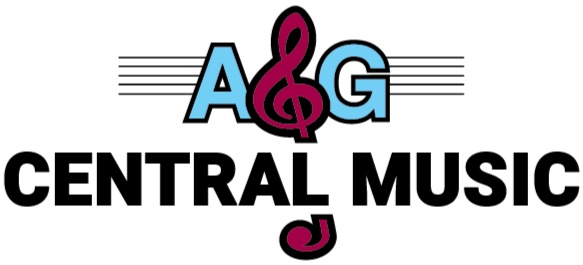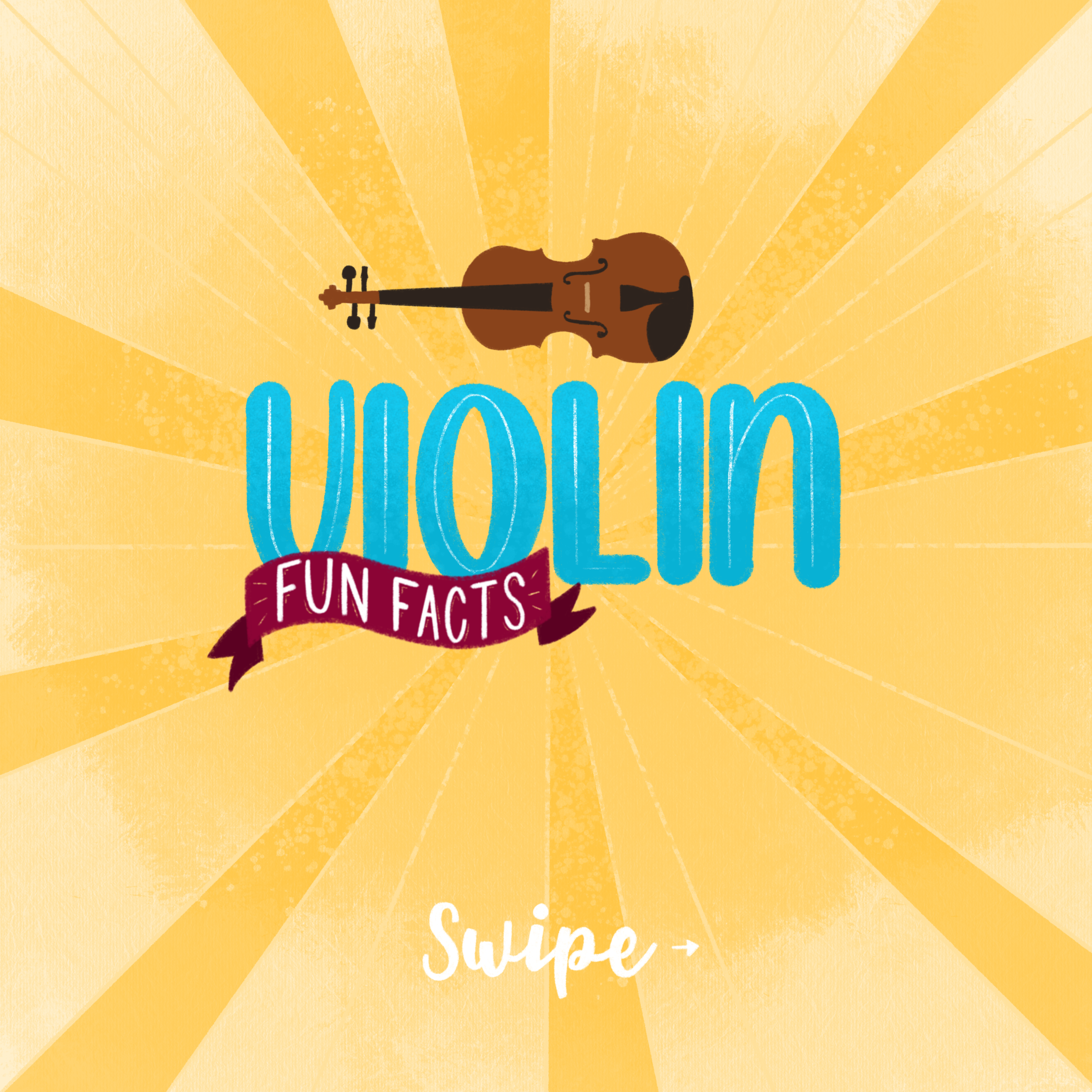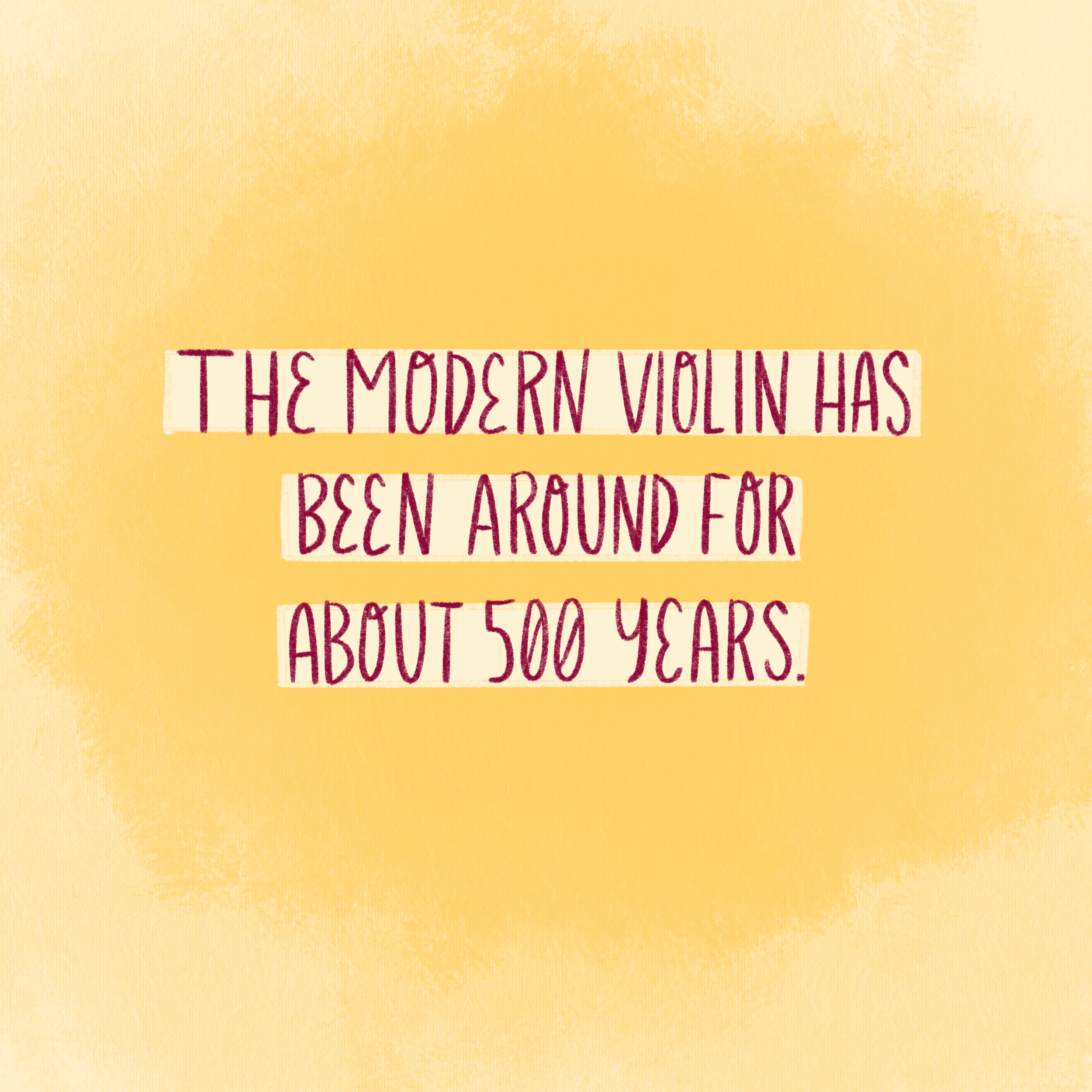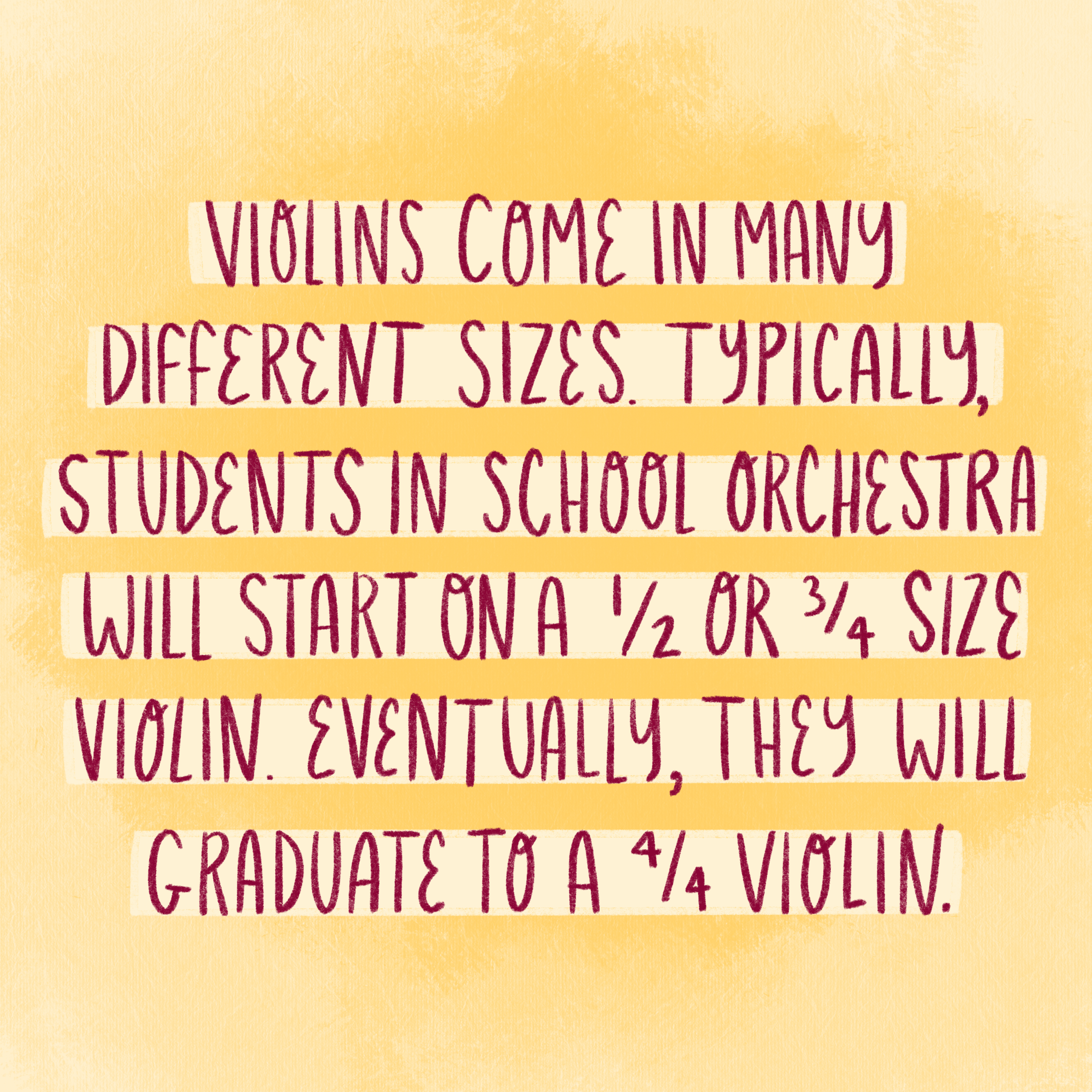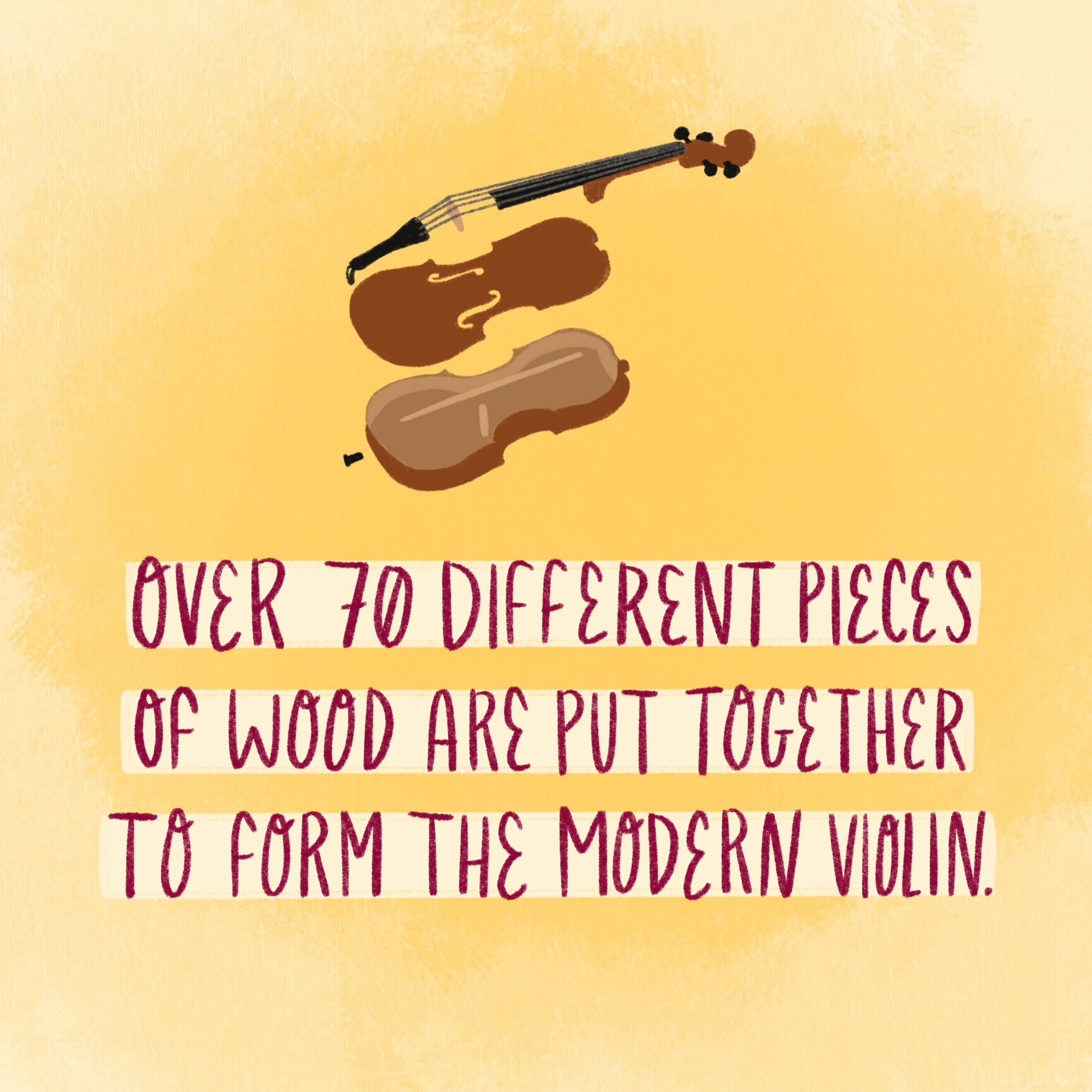The Violin
The most popular of the orchestral string instruments, the violin is commonly used in many musical settings due to its commanding presence and versatility. Though the modern violin appeared only around 500 years ago, decedents of the instrument can be traced all the way back to 5000 BC! The tone of the violin is created by the vibration of the strings. These vibrations transfer through the bridge into the body of the instrument which amplifies the sound. To create the vibration in the strings, you can pluck them or draw the bow over them. Though the violin is most prominently associated with the orchestra, it can be found in many musical settings including pop, folk, county, rock, and many more!
Why Violin?
The striking and beautiful sound of the violin has inspired many musicians and has made it the most popular of the orchestral instruments. The versatility of the violin gives it a broad appeal to many musicians. In addition to being used in many styles, the violin is also a popular solo instrument.
How does Violin contribute to a band or orchestra?
The violins are the largest section in the orchestra. Due to the instruments higher pitch, and the quality of its sound, violins often carry the melody of the music. Because of the size of the section, they are often split up in parts that play the melody, and a harmonization of the melody.
The parts of a Violin:
The violin has 4 strings that are tuned in fifths.
The scroll is the top part of the violin.
Pegs hold the strings in the scroll and turn to adjust the tuning of the instrument.
The strings pass over the fingerboard.
The bridge sits below the fingerboard, and the strings pass over it.
The strings are held by the tailpiece below the bridge.
Most student violins have 4 fine tuners on the tailpiece.
Violins have a chin rest to make them more comfortable to play.
How to pick a good Violin:
Getting your first violin is a big deal! Here are some things to consider: Violins are available in different sizes. Check with your teacher or local music store to make sure your child is starting on the right size. If starting on an instrument that is not full sized, it is probably worth checking out your local music dealer for a rental instrument. Most dealers have a rental program that will give you a pathway to ownership of a full-sized instrument. If you are looking to purchase a used instrument, the quality of the materials and craftsmanship are things to consider. Your teacher will have instrument brands that they recommend for students. The last thing to check is if the instrument is properly set- up for playing. A properly set-up instrument will have strings that are not too high or too low, and pegs that move smoothly and easily. Starting on a violin that is not set up properly, or not of good quality, can be a very frustrating experience for a young musician. Without a proper set-up a violin will be difficult to tune and play.
Tips:
It is important to have an instrument that is the correct size for you! Playing a violin that is too big or too small will make it harder to learn.
You will have to add rosin to your bow so that the bow creates enough friction to vibrate the strings and produce a sound.
Learning to hold the violin properly and use the correct bow grip will make the learning process faster, and will be easier on your body.
Did you know?
The most expensive violin in the world was made by Giuseppe Guarneri in 1741. This extravagant violin was appraised with a value of $18 million.
